|
What is your favorite Dessert? 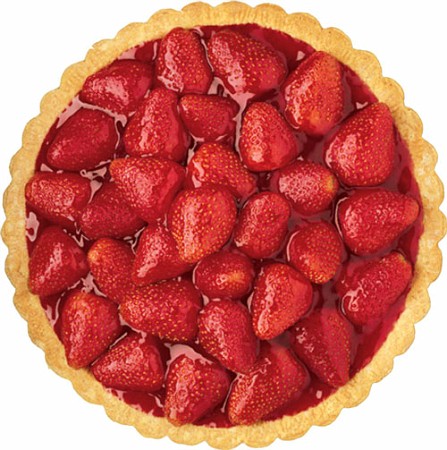 The pie has been around since about 2000 B.C., around the time of the ancient Egyptians. At some point between 1400 B.C. (the time of Greek settlements) and 600 B.C. (the time of the decline of Egypt), the pie is believed to have been passed on to the Greeks by the Egyptians.
From Greece the pie spread to Rome, somewhere around 100 B.C. by which time pies had already been around for some 1000 years. The first known pie recipe came from the Romans and was for a rye-crusted goat cheese and honey pie. Pies went to America with the first English settlers. As in Roman times the early American pie crusts were not eaten, but simply designed to hold the filling. Today, virtually every country in the world has some form of pie.
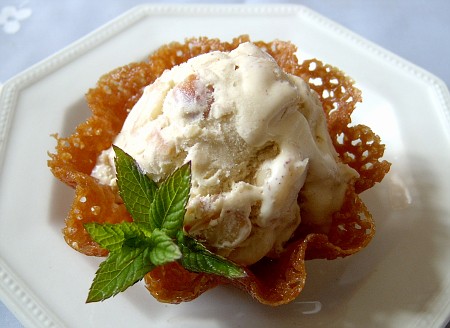 Ice cream was introduced to the United States by colonists who brought their ice cream recipes with them. Confectioners, many of whom were Europeans, sold ice cream at their shops in New York and other cities during the colonial era. Ben Franklin, George Washington, and Thomas Jefferson were known to have regularly eaten and served ice cream. Dolley Madison is also closely associated with the early history of ice cream in the United States.
In 1843, Nancy Johnson of Philadelphia was issued the first U.S. patent for a small-scale hand-cranked ice cream freezer. The invention of the ice cream soda gave Americans a new treat, adding to ice cream's popularity. This cold treat was probably invented by Robert Green in 1874, although there is no conclusive evidence to prove his claim.
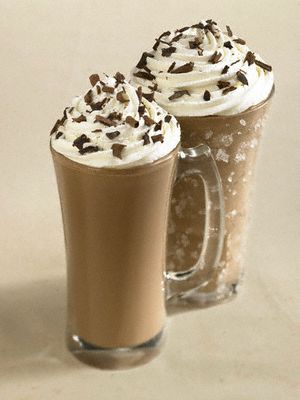 The history of the electric blender, malted milk drinks and milkshakes are interconnected. Before the widespread availability of electric blenders, milkshake-type drinks were more like egg nog, or they were a hand-shaken mixture of crushed ice and milk, sugar, and flavorings. Hamilton Beach's drink mixers began being used at soda fountains in 1911 and the electric blender or drink mixer was invented by Steven Poplawski in 1922. With the invention of the blender, milkshakes began to take their modern, whipped, aerated, and frothy form. The use of malted milk powder in milkshakes was popularized by the Chicago drugstore chain Walgreens. Walgreens' employee Ivar "Pop" Coulson made a milkshake by adding two scoops of vanilla ice cream to the standard malted milk drink recipe (milk, chocolate syrup and malt powder). 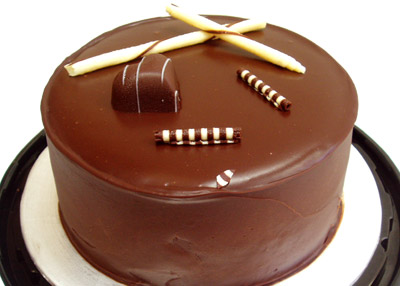 The most primitive peoples in the world began making cakes shortly after they discovered flour. In medieval England, the cakes that were described in writings were not cakes in the conventional sense. They were described as flour-based sweet foods as opposed to the description of breads, which were just flour-based foods without sweetening. There are literally millions of cake recipes (some are bread-like and some rich and elaborate) and many are centuries old. Cake making is no longer a complicated procedure; Baking utensils and directions have been so perfected and simplified that even the amateur cook may easily become an expert baker. 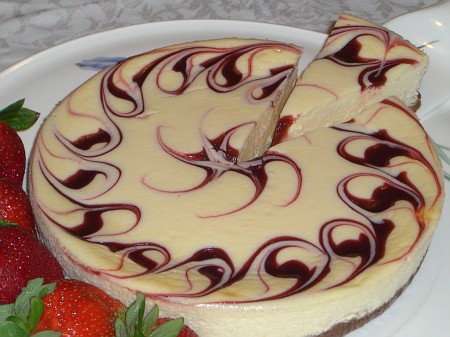 Cheesecake is believed to have originated in ancient Greece. History has the first recorded mention of cheesecake, as being served to the athletes during the first Olympic Games held in 776 B.C. However, cheese making can be traced back as far as 2,000 B.C., anthropologists have found cheese molds dating back to that period. The Romans spread cheesecake from Greece across Europe. Centuries later cheesecake appeared in America, the recipes brought over by immigrants. In 1872, cream cheese was invented by American dairymen. James L. Kraft invented pasteurized cheese in 1912, and that lead to the development of pasteurized Philadelphia cream cheese, the most popular cheese used for making cheesecake today.  In America, a cookie is described as a thin, sweet, usually small cake. By definition, a cookie can be any of a variety of hand-held, flour-based sweet cakes, either crisp or soft. Each country has its own word for "cookie." What we know as cookies are called biscuits in England and Australia, in Spain they're galletas, Germans call them keks or Plätzchen for Christmas cookies, and in Italy there are several names to identify various forms of cookies including amaretti and biscotti, and so on. The name cookie is derived from the Dutch word koekje, meaning "small or little cake." 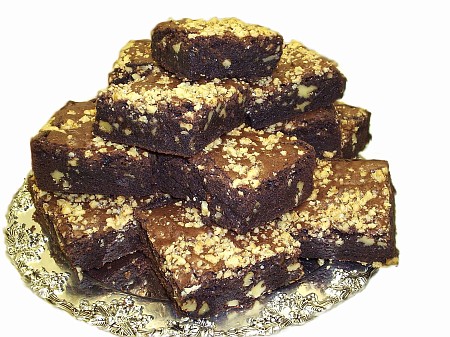 The name “brownies” first appeared in the 1896 Boston Cooking School Cookbook, where it describes molasses cakes baked in small tins. The origin of the Brownie is thought to be American and is thought to derive its name from the brown color of the cookie. Folklore has its origin coming from a careless cook that forgot to put baking powder in the chocolate cake batter recipe. Another story reports that the brownie was invented at the Palmer House Hotel in Chicago during the 1892 Columbian Exposition. Bertha Palmer requested a dessert to put in box lunches for ladies that would not get their hands dirty. Come tell us about your favorite Dessert!! |



 h
h
 !!
!!